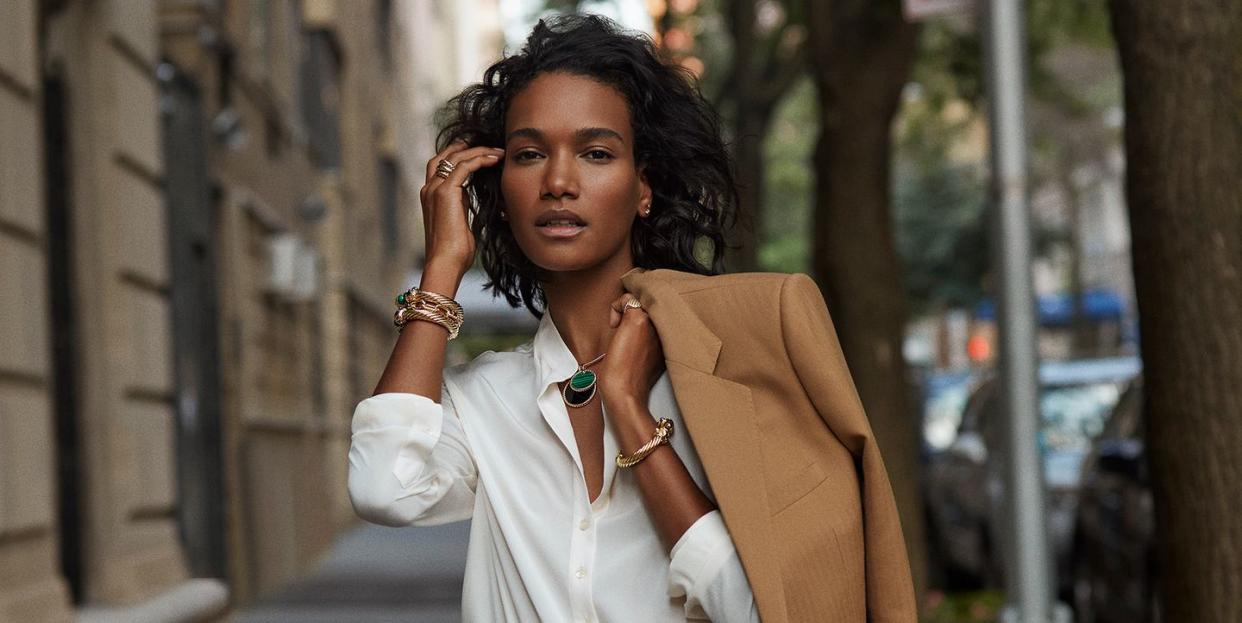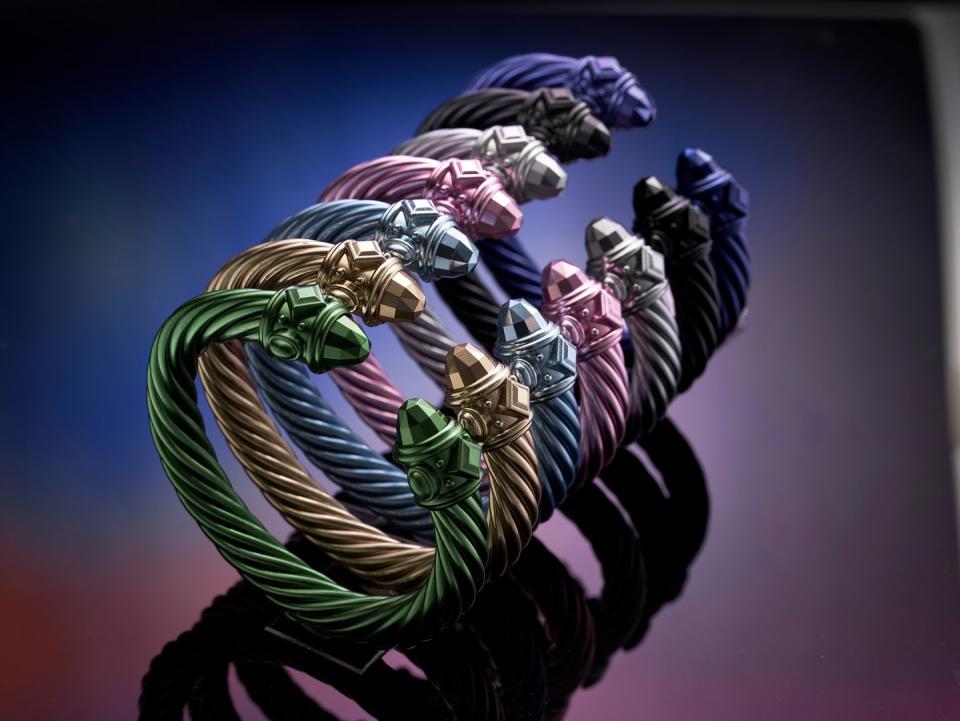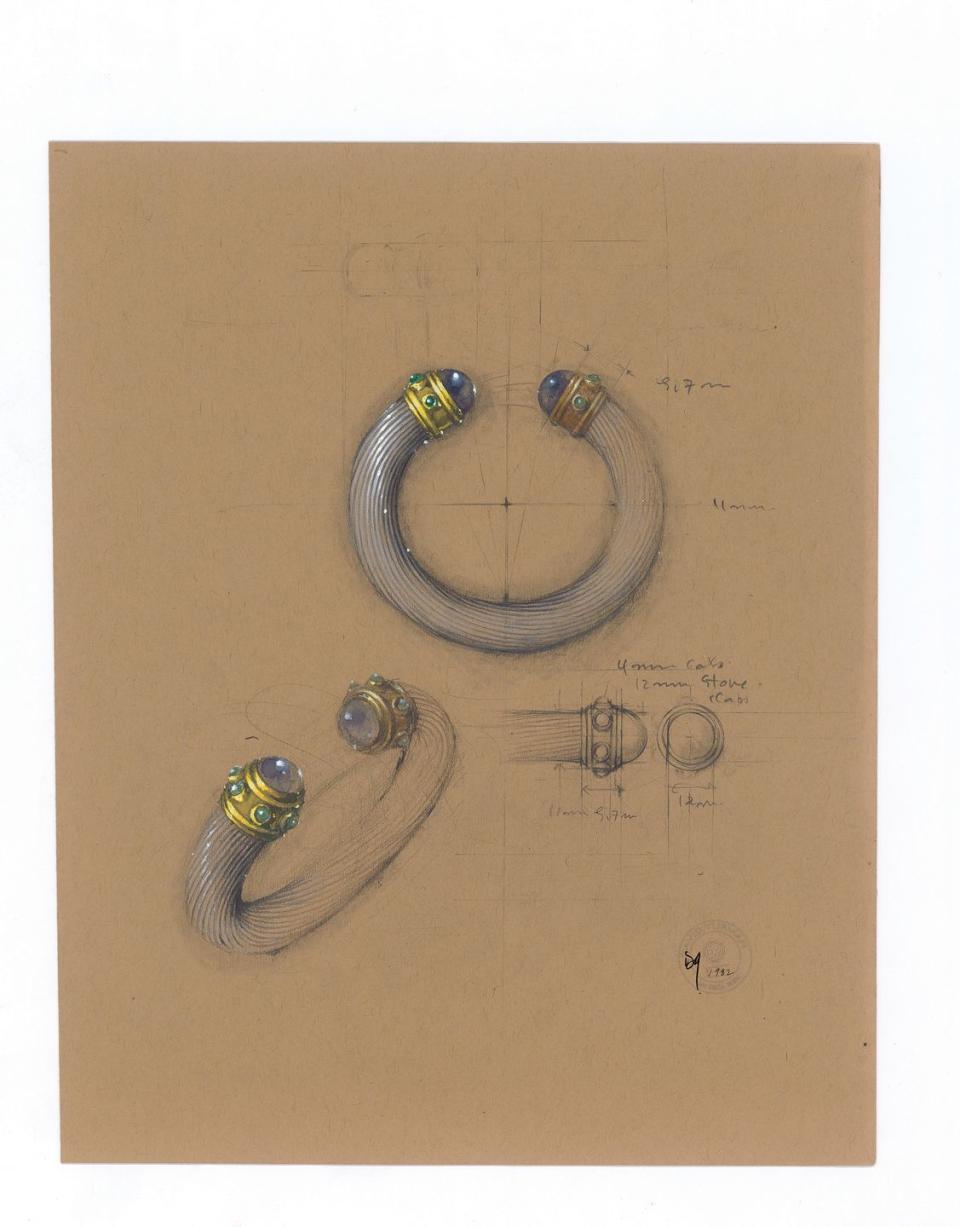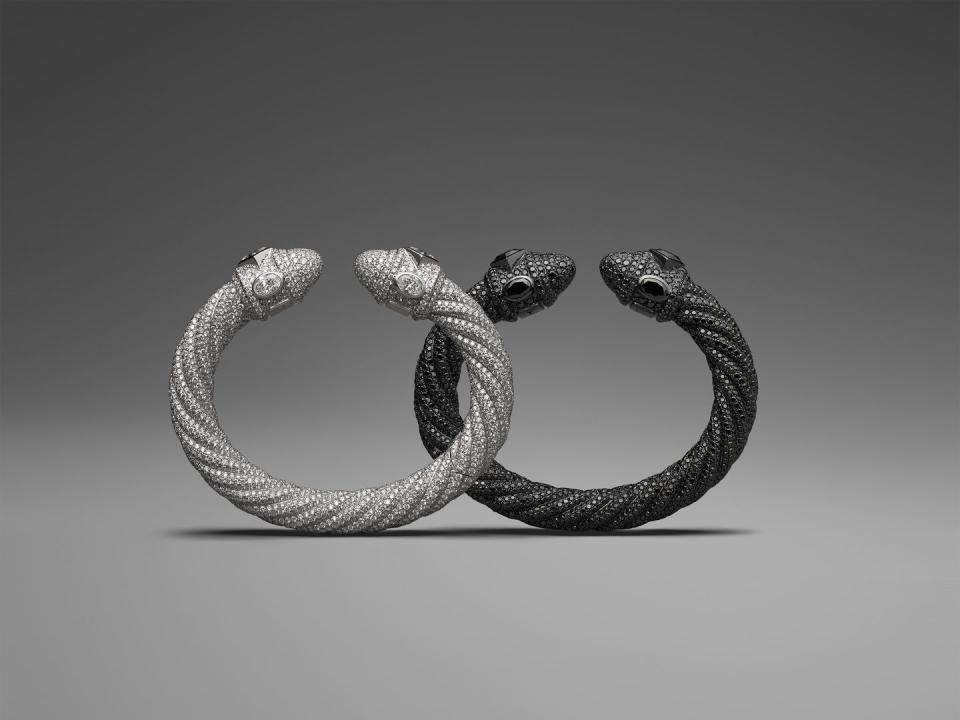8 Things You Didn’t Know About David Yurman’s Iconic Cable Bracelet Design

- Oops!Something went wrong.Please try again later.
"Hearst Magazines and Yahoo may earn commission or revenue on some items through the links below."
He did it for love. When David Yurman sculpted his first pieces of jewelry, he designed them for his then-girlfriend (now wife), Sybil. Forty years later, Yurman is one of America’s most well-known jewelry names, and his signature Cable design is instantly recognizable.
The Cable collection is an American classic, a jewelry design that has marked countless milestones, from birthdays and anniversaries to graduations. It’s not just for traditionalists: Cable is continuously reimagined in new ways, from boldly colorful large-scale aluminum bracelets to luxurious diamond-covered necklaces and edgy black diamond bangles.
This month, the Yurmans unveiled the new Power of Cable campaign, which is part of the company’s year-long celebration of New York City, and through November 1, it will donate 100% of proceeds from the sales of the Sand and Indigo-colored Aluminum Renaissance bracelets to fight poverty in the city. The campaign is yet another reason to add to your Cable collection.

Here are eight fascinating facts about the Cable collection.
Made for love: David crafted his first jewelry designs for his then-girlfriend, Sybil. She wore them to an art opening and when the gallery owner asked if the necklace was for sale, she promptly took it off and sold it. This began the couple’s exploration into jewelry—and commerce. They established their business in 1980
The Brooklyn Bridge inspired the twisted cable motif: An avid fan of architecture, David was awestruck by the twisted metal ropes architect John Augustus Roebling used to suspend the Brooklyn Bridge. Says David, “That strength and simplicity grabbed me.”

The Cable references ancient jewelry: A visit to the Metropolitan Museum of Art’s collection of ancient jewels—and a particular torque necklace—inspired Sybil and David to transform linear twisted gold motifs into contemporary jewels.
It's always been gender-neutral: The Cable design, which reflects a helix or DNA pattern, is a universal symbol that appeals to both women and men.
Made by the hands of a sculptor: David began his career apprenticing for sculptors Jacques Lipschitz and Theodore Rozak and expressed his own style with his early sculpted bronze angels, while Sybil perfected her skills as a painter. During the 1970s, the couple sold their work at galleries and craft fairs, and they still pursue their respective crafts today.

It was inspired by riding: David’s love of riding inspired a twisted wire bracelet that he made for himself in 1978 and wore every day. It was called the Trail bracelet and he also made one for Sybil set with gemstones. It was the precursor to the Cable bracelet.
Cable is an all-American look: When David designed the first Cable bracelet in 1982, it helped kick off America’s love of casually elegant, everyday jewelry. That included a mix of silver and gold jewelry and stackable, easy-to-wear pieces.
There are more than 2,000 Cable iterations: For 40 years, the couple, along with their son Evan, have explored and experimented with new ways to express the Cable design through different metals, gemstones, and variations in scale. “I realized we had a vehicle—an iconic form as a design motif that we could fashion in infinite ways,” he explained.
You Might Also Like

